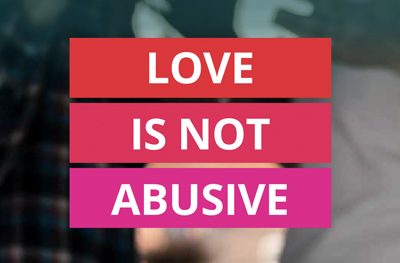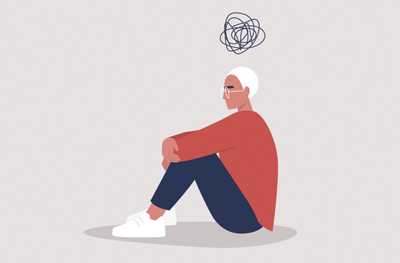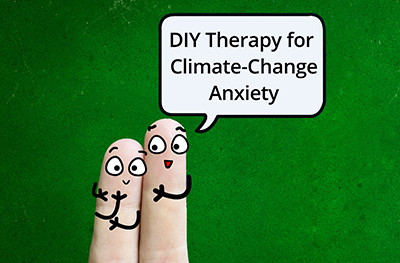Thinking about priorities
Doubtless you’ve heard the catch-phrase ‘achieving a work/life balance’? Work and getting life working is easier said than done, you might say; and that’s a fair comment, if the phrase implies some sort of 50/50 balance of work and non-work. Of course, such an idea is a nonsense for the vast majority of people who work full time and couldn’t possibly contemplate such a luxury. Having said that, there is considerable merit in achieving a better ratio and relationship of work versus non-work activities.
Our work and work projects may well be very important and meaningful for us, they may be what provides us with mental stimulation, social interaction and inclusion, and a daily sense of purpose that is very important to us. Having said that, we need also to properly value other essential elements of life – like exercise, relaxation, relationships and family, and our mental and emotional development. We can only ignore these elements at our peril.
Signs of trouble?
Fatigue, a high level of stress, diminishing quality of relationships, a decline in creative output, and early signs of depression, may all indicate that we have yet to genuinely address the question of work and getting life working.
If we become too absorbed in our work or projects, vitally important though they may be, we can end up functioning out on the periphery of ourselves – out of touch with the part of us that is most perceptive and capable of deep feeling, pleasure, and simple reflective satisfaction. We can become like ‘tourists in life’: taking snap shots of things without fully exploring, comprehending or experiencing them. We can find ourselves disconnected from our capacity for reading important emotional cues and signals in our relationships. Desensitised to the needs and feelings of others, we can become alienated from the very ones all our hard work may be meant to ultimately benefit.
What to do and Getting Life Working
The critical test is to step back from our work and projects and see how long we can bear it; to see if we have the capacity to relax, relieve stress, and focus on other priorities – especially relationships, without undue agitation, and with genuine and patient interest. If we can’t, it’s a clear indication that we may need to rethink and readjust our priorities. Though what constitutes a sustainable ratio will be different for each of us, working out what may need to be given more attention, and in what way, will invariably require thoughtful, reflective, and genuinely honest assessment.
One suggestion is to draw a bar graph, using the different height of several bars to indicate important areas of your life, and the current relative attention they receive (the one below is only an example; make up your own). This can help put things into perspective, and indicate what needs attention and how much. The bars don’t necessarily have to achieve an equal height. Rather, they need to achieve a relative height that fits with what you honestly and realistically consider to be the kind of ratio that is healthy for you, and is sustainable over time.
Use a diary or calendar to indicate dates for periodic review. The thing to remember about the ratio of these elements is that it isn’t a constant; it will change as things change in life – so it needs to be periodically reassessed. But it’s well worth the effort and, far from detracting from your work and projects, can breathe new life into them.






